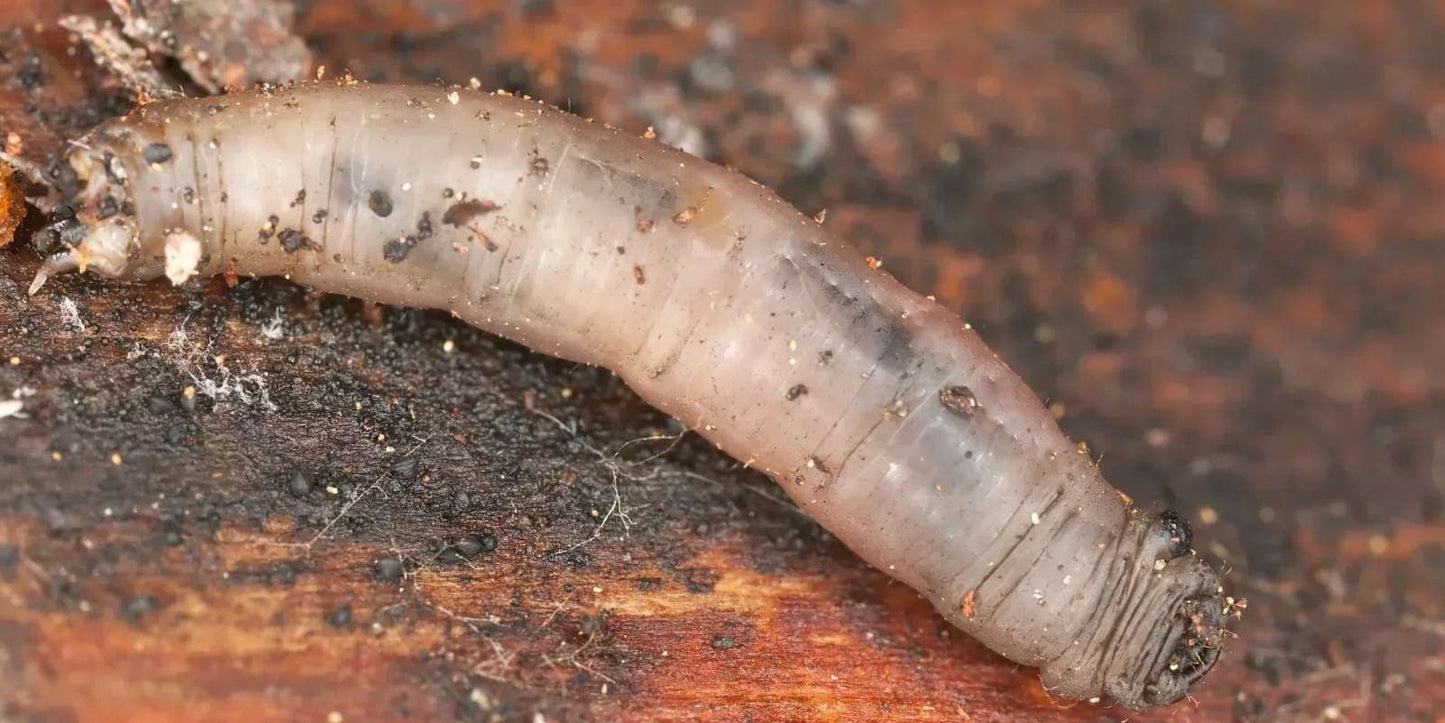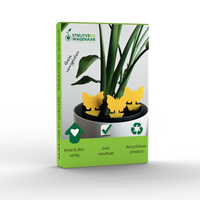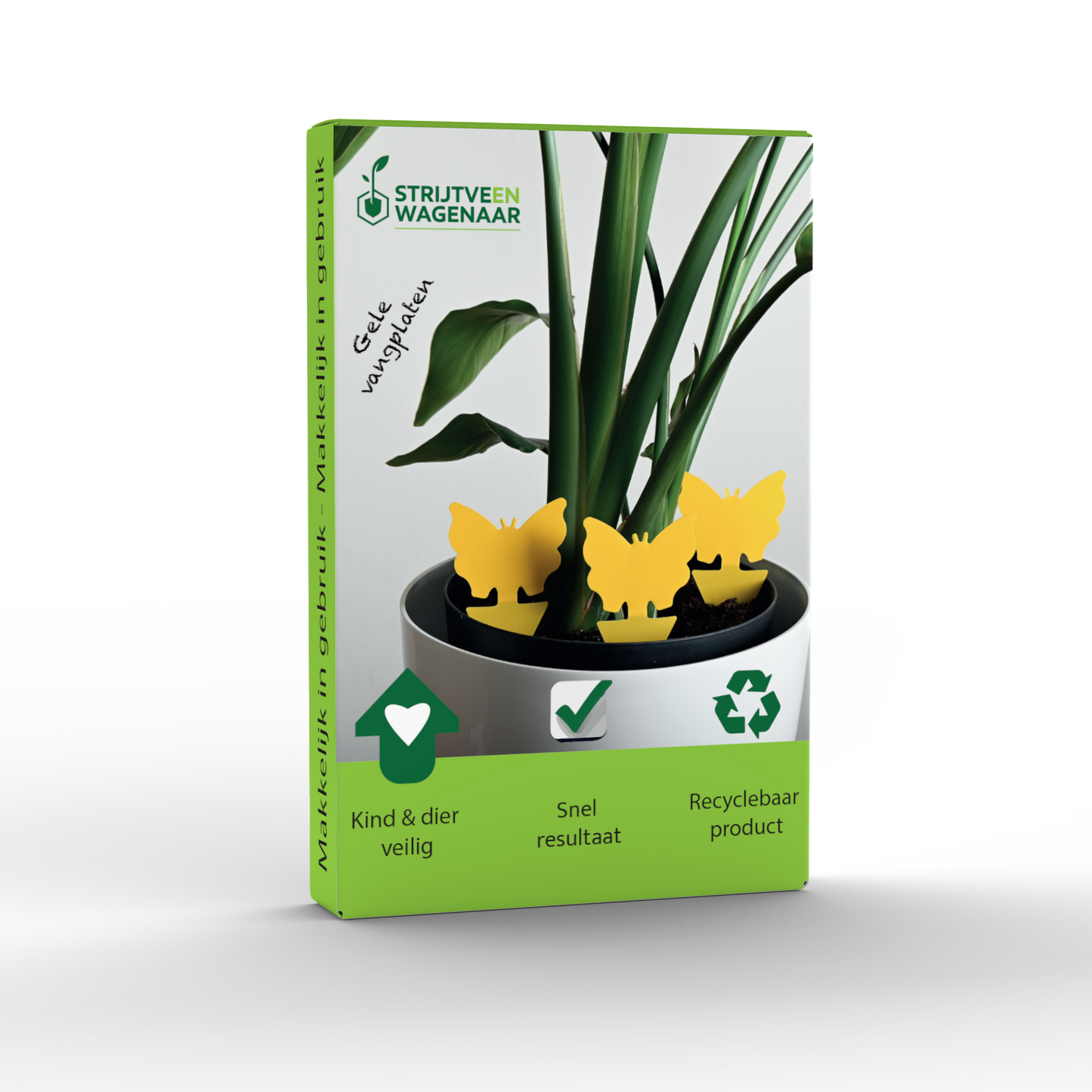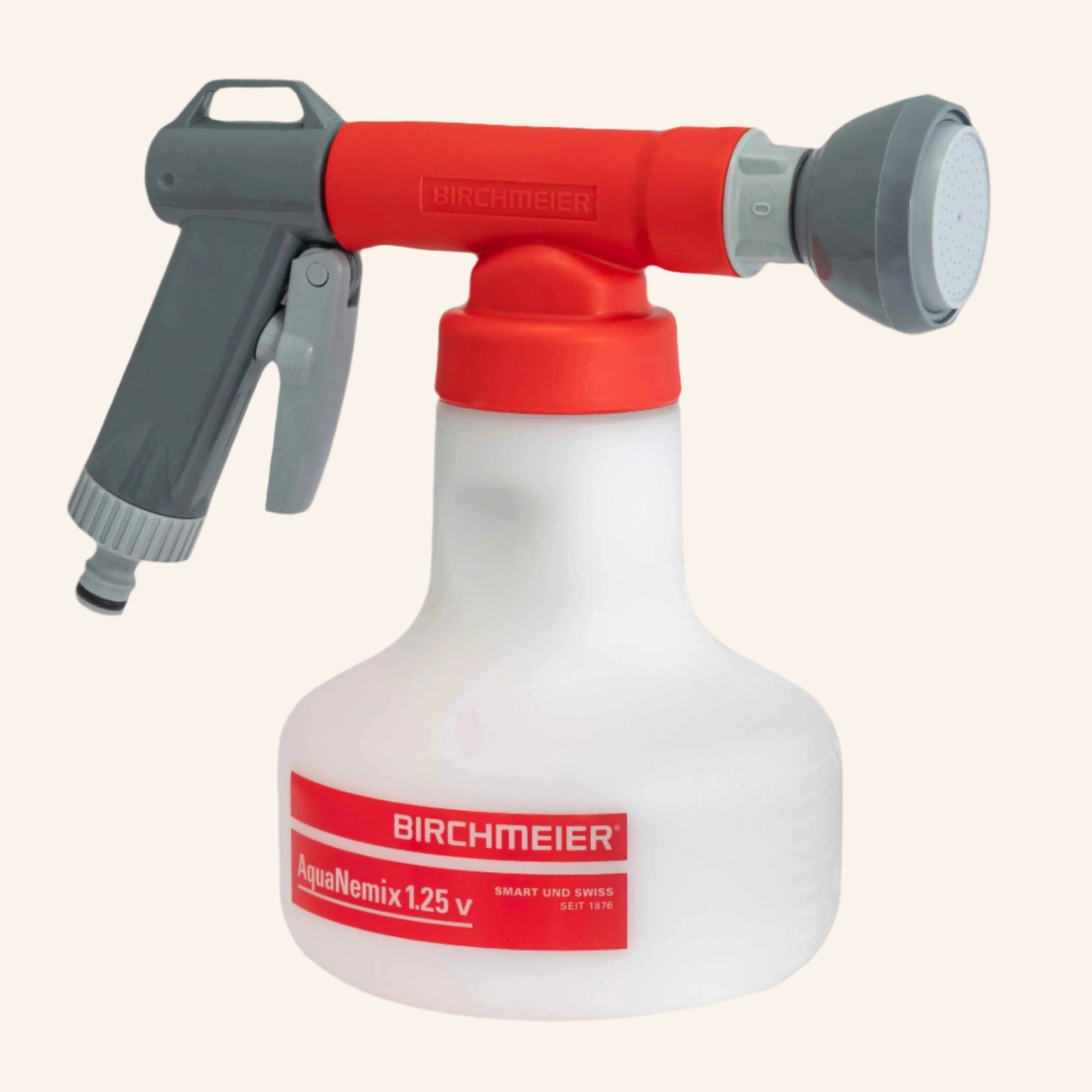
You're doing your best to keep your lawn looking immaculate, and then suddenly: yellow patches, loose grass, and bare patches. It's highly likely that leatherjackets are the culprit. These crane fly larvae live just below the surface and feed on the roots of grass and young plants. They can emerge in droves, especially in spring or after a wet summer. In this blog post, you'll learn how to recognize leatherjackets, what you can do to prevent them, and how to combat them naturally. This way, you'll give your garden a solid foundation again.
How do leatherjacket plagues occur in your garden?
Leatherjackets hatch from the eggs of crane flies, which prefer to lay their eggs in moist, humus-rich soil. The larvae remain in the ground and feed on the roots of grass and young plants. Because they live underground, you don't notice their presence until later.
Want to know exactly how long leatherjackets stay in the ground and when they cause the most damage? Our blog post about the leatherjacket life cycle explains it step by step.
Do you have a lawn that often stays wet, is heavily shaded, or overgrown? Then you're at a higher risk of leatherjackets. Their numbers can increase rapidly, especially after a wet summer or mild winter. Before you know it, you're left with yellow patches, loose grass, and plants that suddenly wither away.
How can you prevent leatherjackets?
Prevention is always better than cure. By being smart about lawn and border care, you can make leatherjackets' habitats unattractive. Here are a few things you can do to prevent an infestation.
Keep the soil well drained
Crane flies like to lay their eggs in moist, compacted soil. Therefore, ensure good drainage and prevent standing water from forming on the grass. Aerate the soil regularly and, if necessary, work some sand or lava grit into the topsoil.
Mow the grass to the correct height
A lawn mowed too short weakens more quickly and offers less resistance to leatherjackets. It's better to mow a little higher so the grass develops a stronger root system. This makes it less vulnerable to browsing.
Stimulate biodiversity in the lawn
Leatherjackets thrive in a monotonous lawn. By combining the grass with clover, wildflowers, or herbs, you attract natural predators and improve soil life balance. This reduces the risk of an outbreak.
These plants help or not
Not every plant is equally susceptible to leatherjackets. Some species with fine roots or a weak root structure are more susceptible to damage. Other plants are more robust or less attractive to the larvae. By choosing wisely, you can limit damage to grass and plants.
Plants that attract leatherjackets
-
Lawns and turf are a favorite habitat for leatherjackets
- Lettuce, endive and other leafy vegetables are extra vulnerable in the vegetable garden
- Petunias and other annuals have soft roots and are susceptible to grazing
Plants that keep leatherjackets at bay
- Thyme and rosemary have strong roots and are rarely affected
- Geraniums and violets seem unattractive to leatherjackets
- Perennial ornamental grasses have fibrous roots that are more resistant to damage
Grandma knows best: how to combat leatherjackets
Time for the classics. Your grandma might not have had internet access, but she did know how to cleverly deal with pests in the garden. Here are her tried-and-true remedies for leatherjackets.
Spreading lime
Crane flies like to lay their eggs in moist, acidic soil. By spreading lime, you lower the soil's acidity and make it less attractive to leatherjackets. Do this sparingly, as a pH that is too high is also harmful.
Aerate the lawn regularly
A compacted lawn provides a favorable habitat for leatherjackets. By regularly aerating your lawn, for example, with a spiked roller or lawn aerator, you improve the soil structure and disrupt their habitat.
Don't let your lawn get too wet
Leatherjackets prefer moist soil. Water your lawn less frequently and more deeply, rather than lightly every day. This prevents the topsoil from constantly remaining wet, which attracts crane flies to lay their eggs.
Don't mow too short
A healthy, dense lawn is more resistant to leatherjacket feeding damage. So don't mow too short, especially in spring or autumn when the larvae are active. Slightly longer grass protects the roots better and keeps the soil cooler.
Natural enemies of leatherjackets
A healthy garden has its own balance. Leatherjackets are prey for various animals. By making your garden attractive to their natural enemies, you're helping nature. Read our tips for increasing biodiversity .
Birds
Starlings, blackbirds, and crows love leatherjackets. They pick them out of the grass as soon as they detect movement in the ground. Make your garden bird-friendly with shrubs, water, and safe nesting sites, and let these helpers do their work.
Hedgehogs
Hedgehogs like to root around in moist soil in search of larvae like leatherjackets. Give them access to your garden, create a clutter-free area, or put up a hedgehog house. Without using poison, you'll give these silent hunters plenty of space.
Chickens
Do you have a garden with some extra space? Then chickens are excellent allies. They'll scratch the grubs right out of the grass. A few hours a day is enough to significantly limit the damage.
Nematodes
Nematodes against leatherjackets are microscopic creatures that you pour onto the lawn with water. They penetrate the larvae in the soil and destroy them from the inside out. This method is completely natural, safe for plants and animals, and extremely effective.
In short: this is what you can do against leatherjackets
Leatherjackets can cause significant damage to your lawn and young plants. Fortunately, there's a lot you can do to prevent an infestation: ensure well-drained soil, aerate your lawn regularly, and don't mow too short. Choose hardy plants, attract natural predators like birds, hedgehogs, and chickens, and avoid chemical pesticides. Want to take effective action? Nematodes are a safe and natural way to combat the larvae. This way, your garden stays healthy, strong, and balanced.











